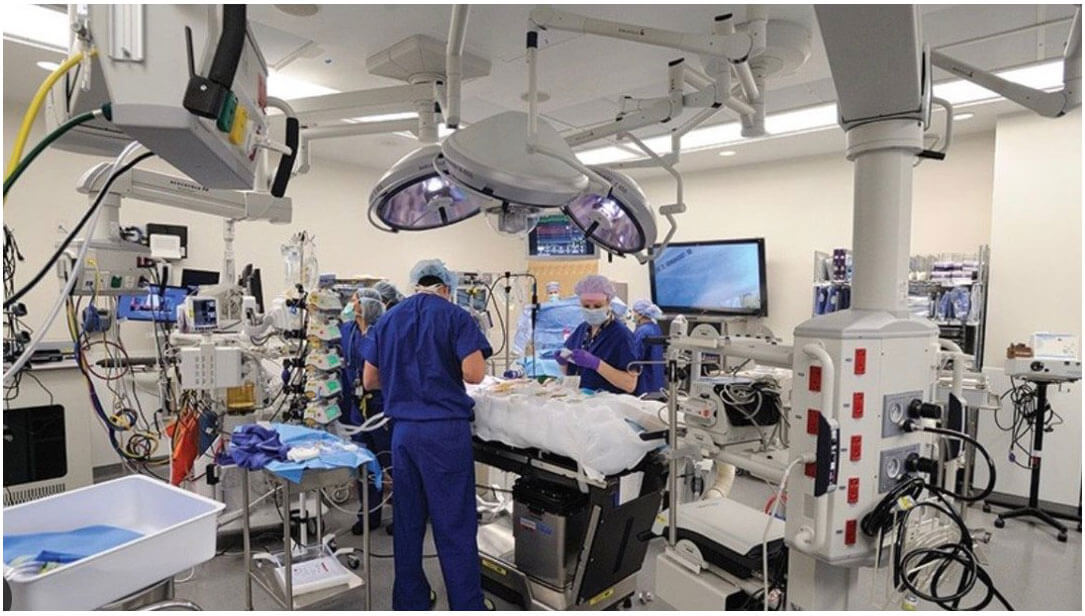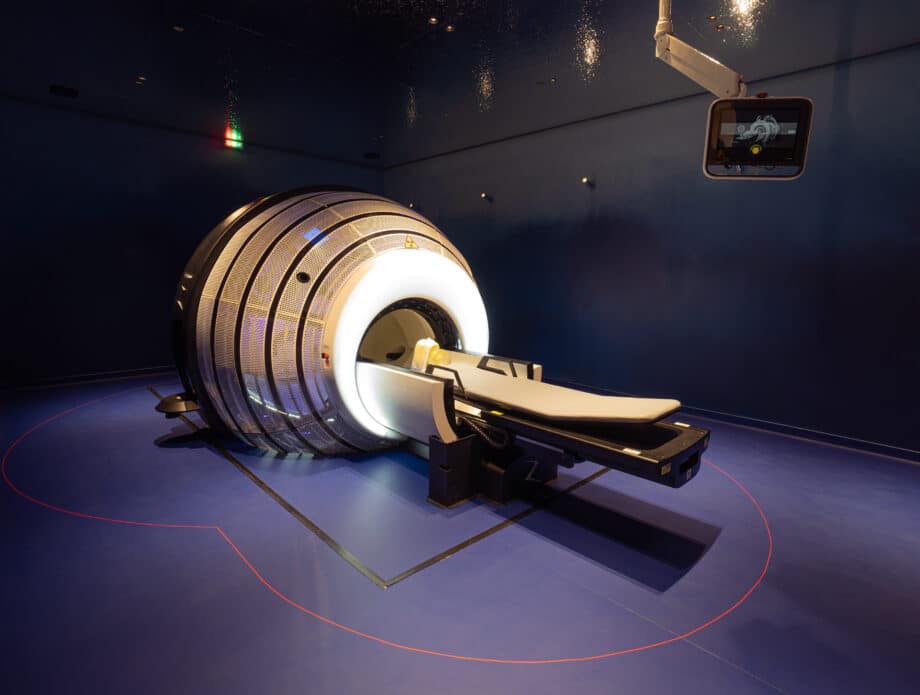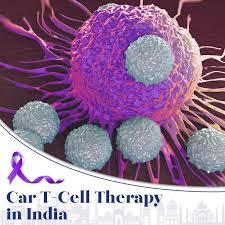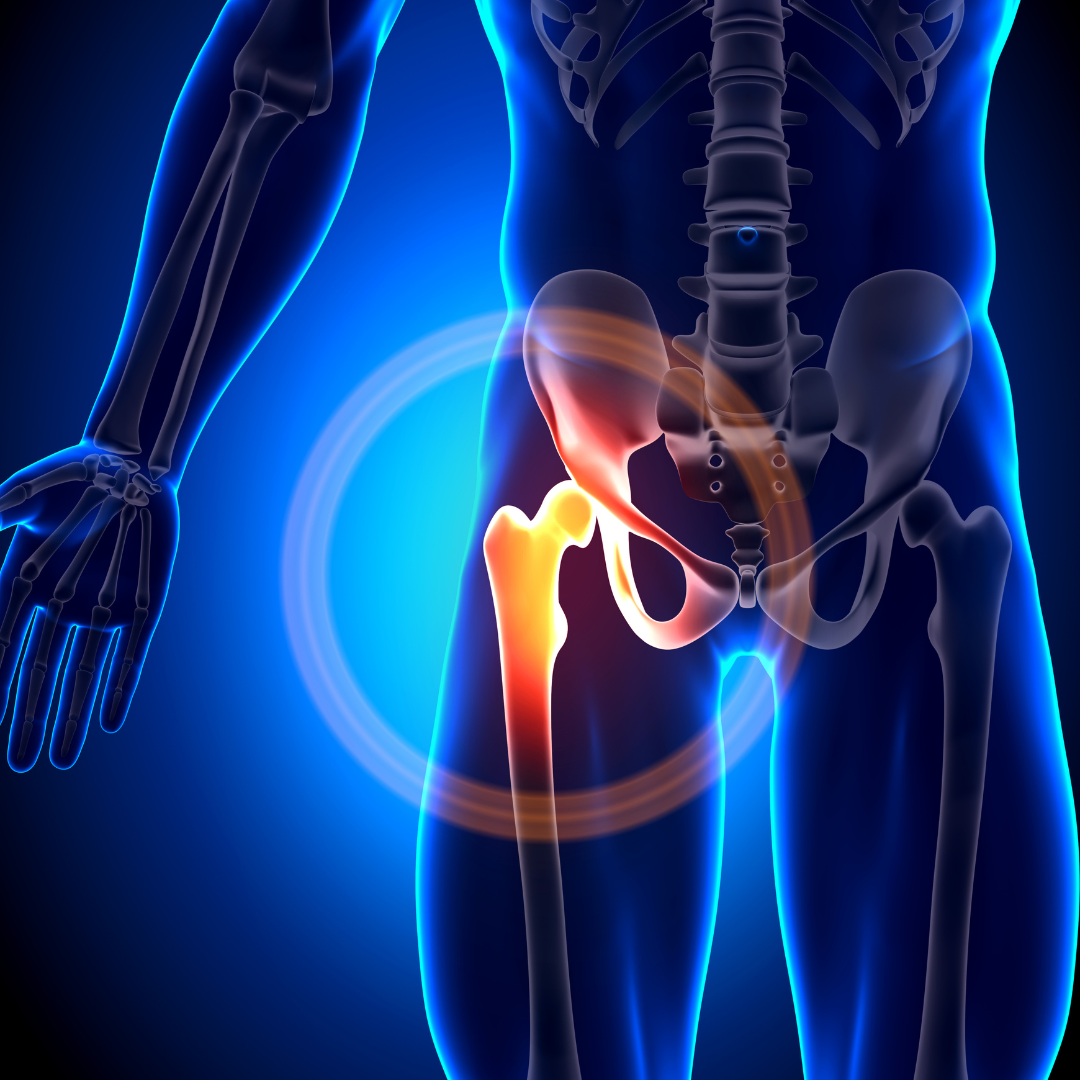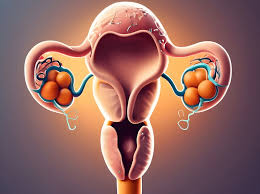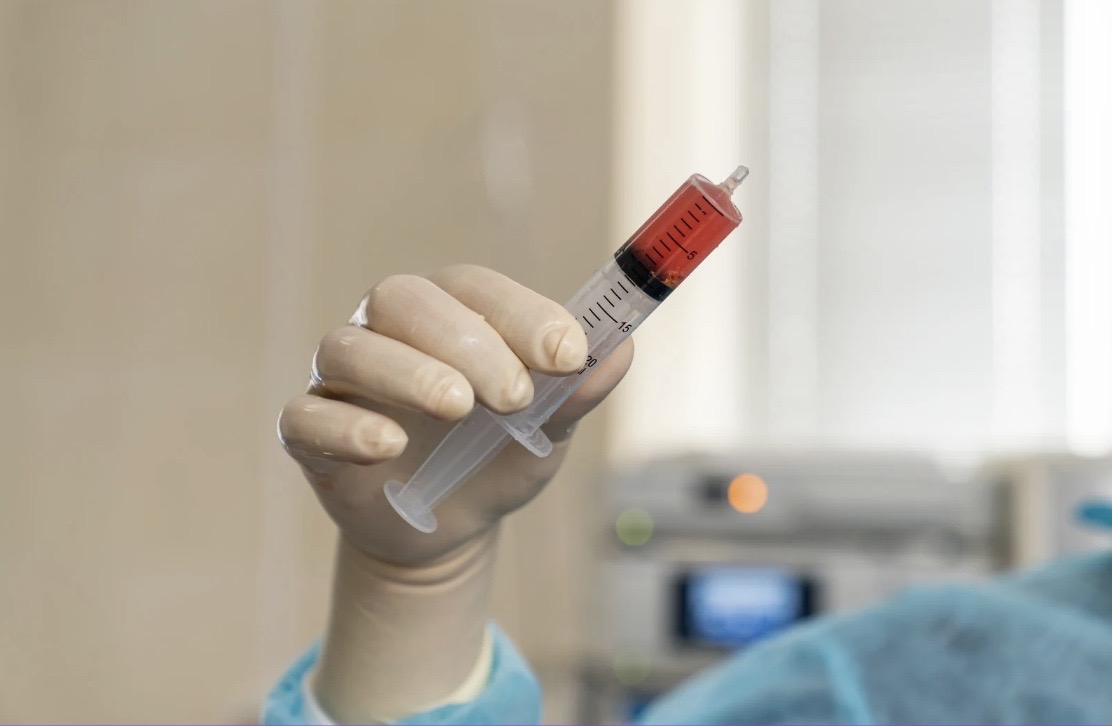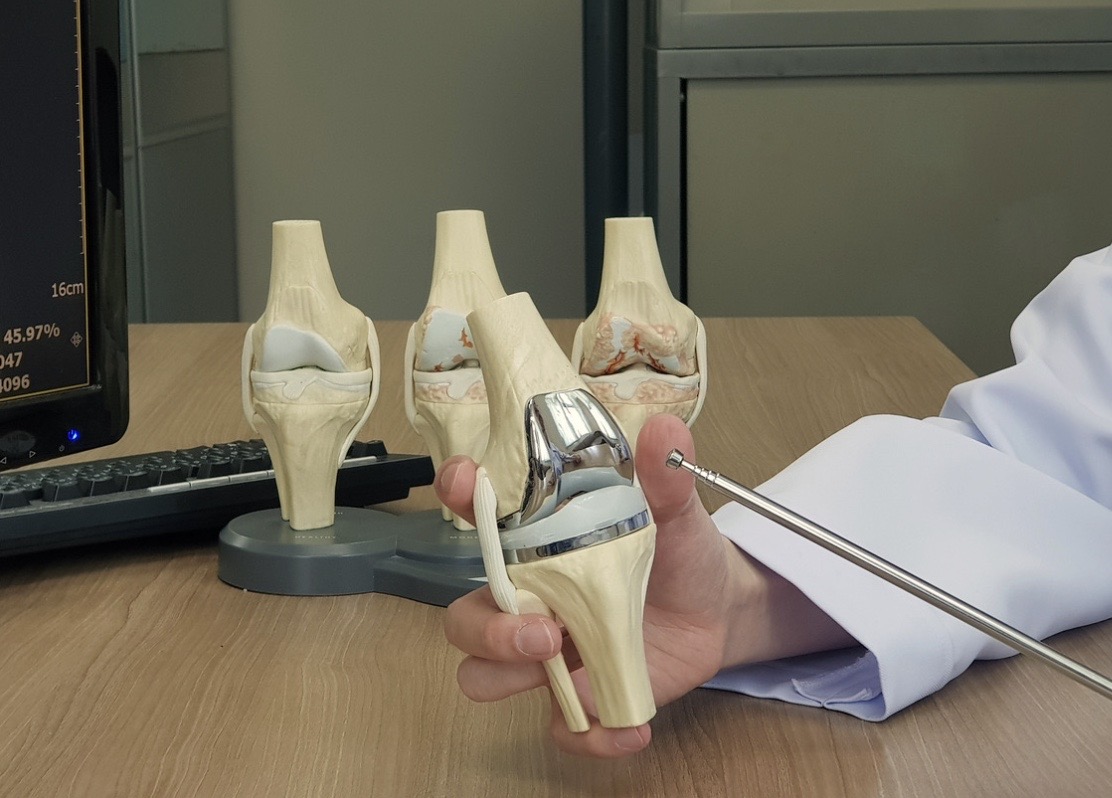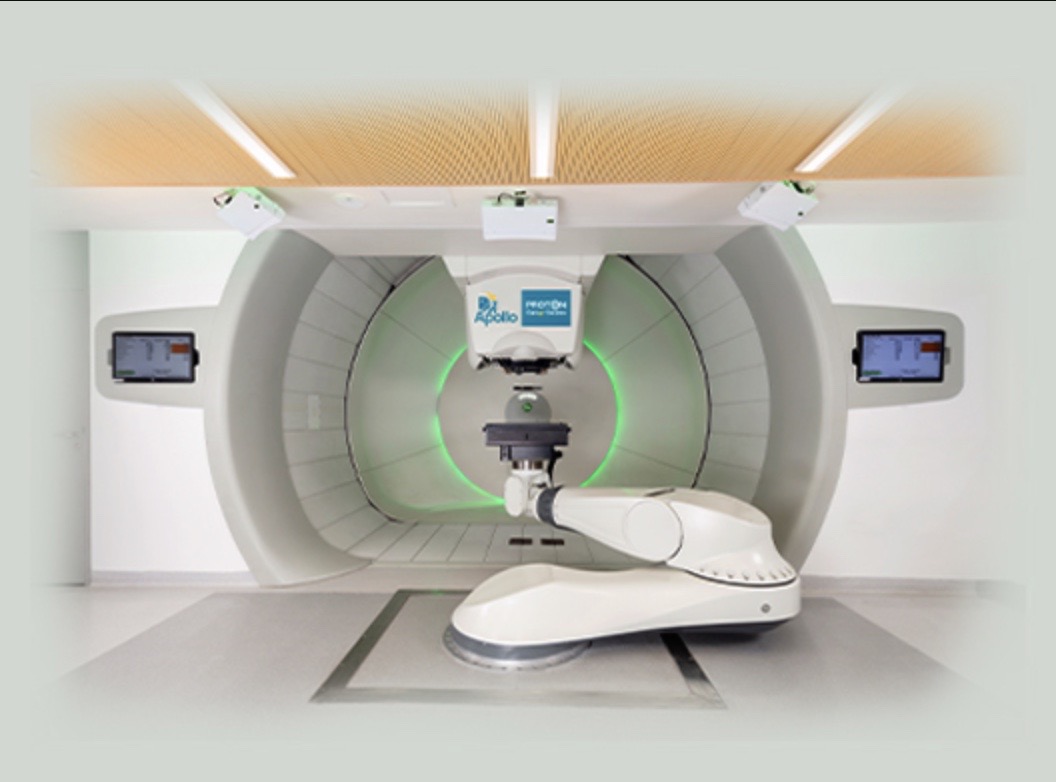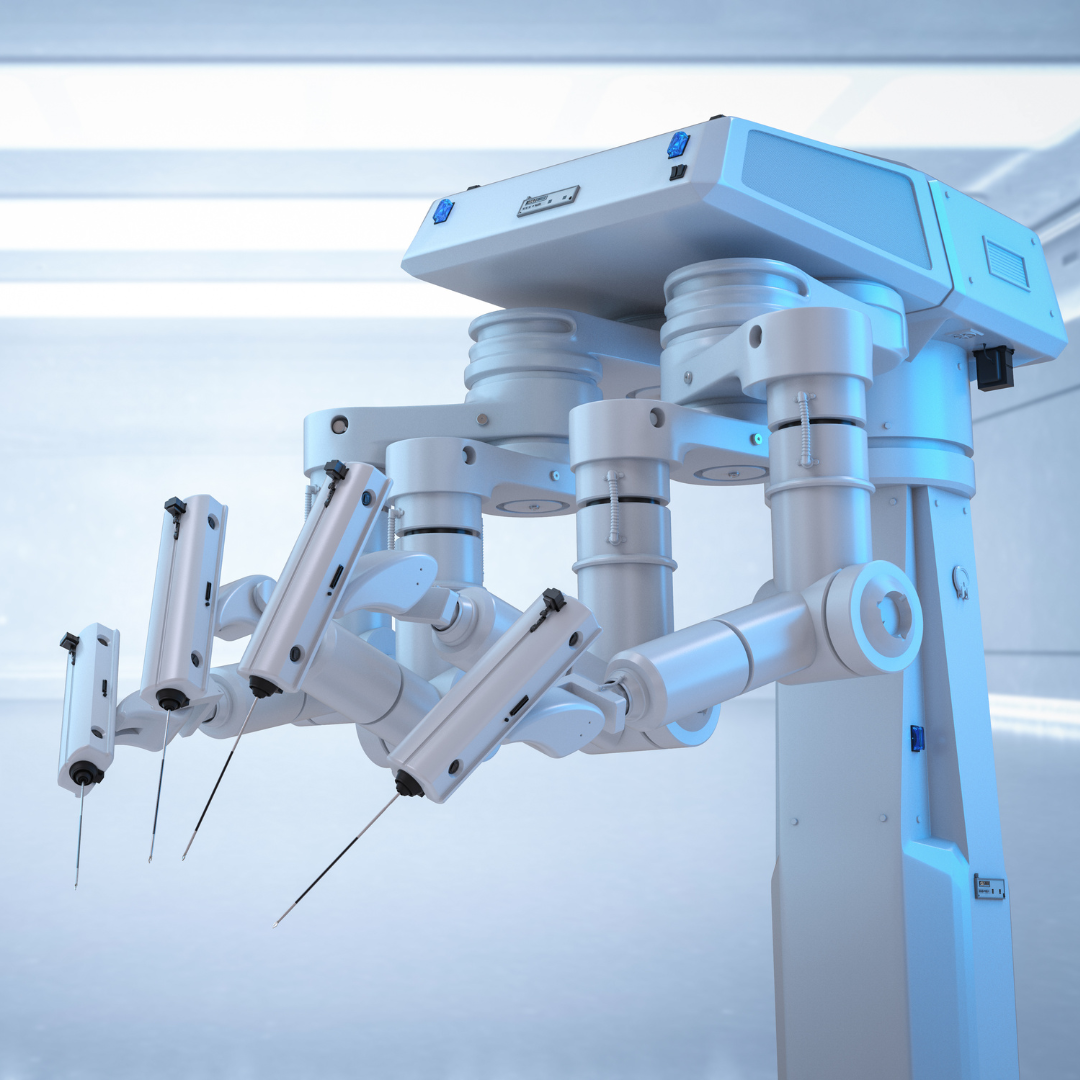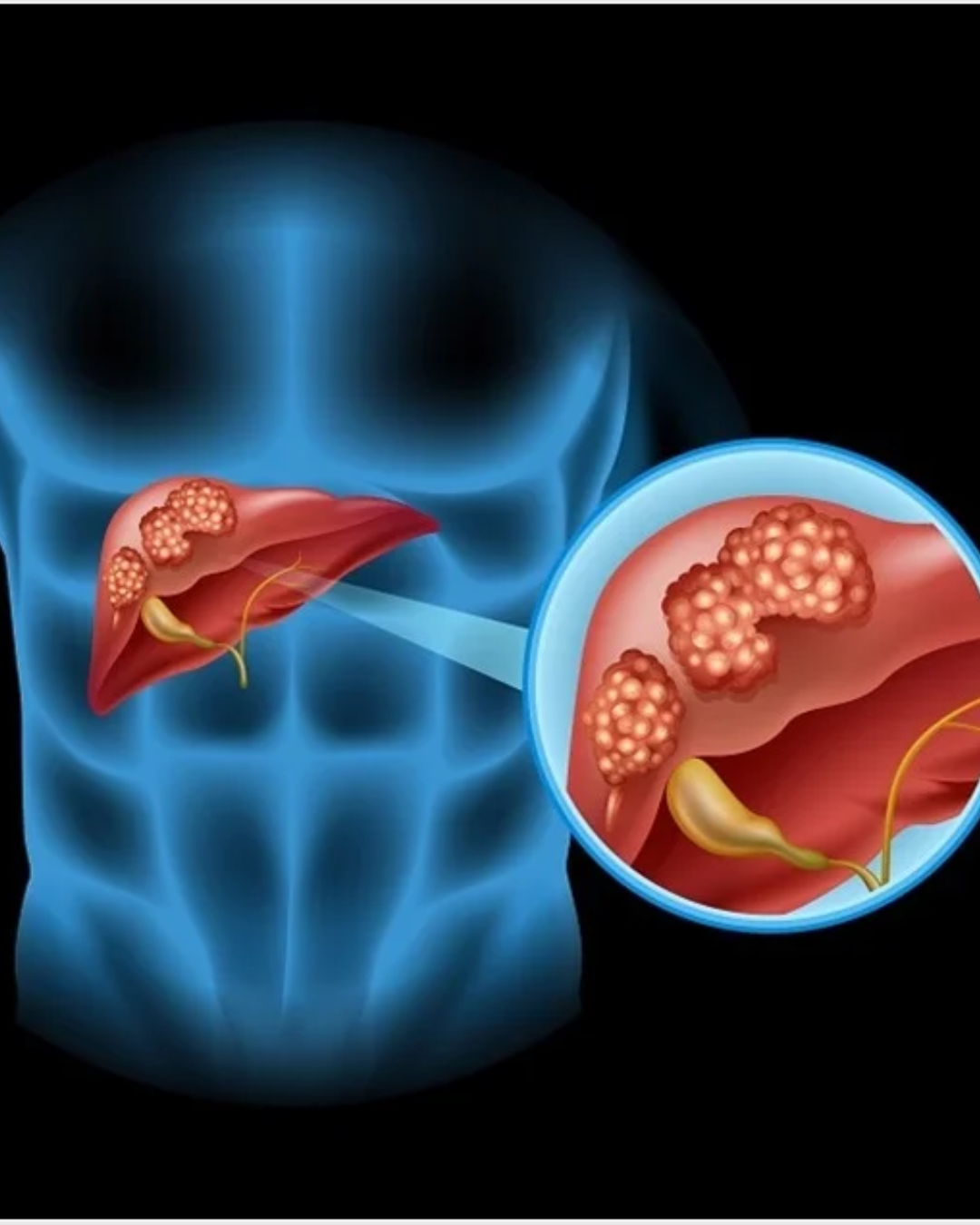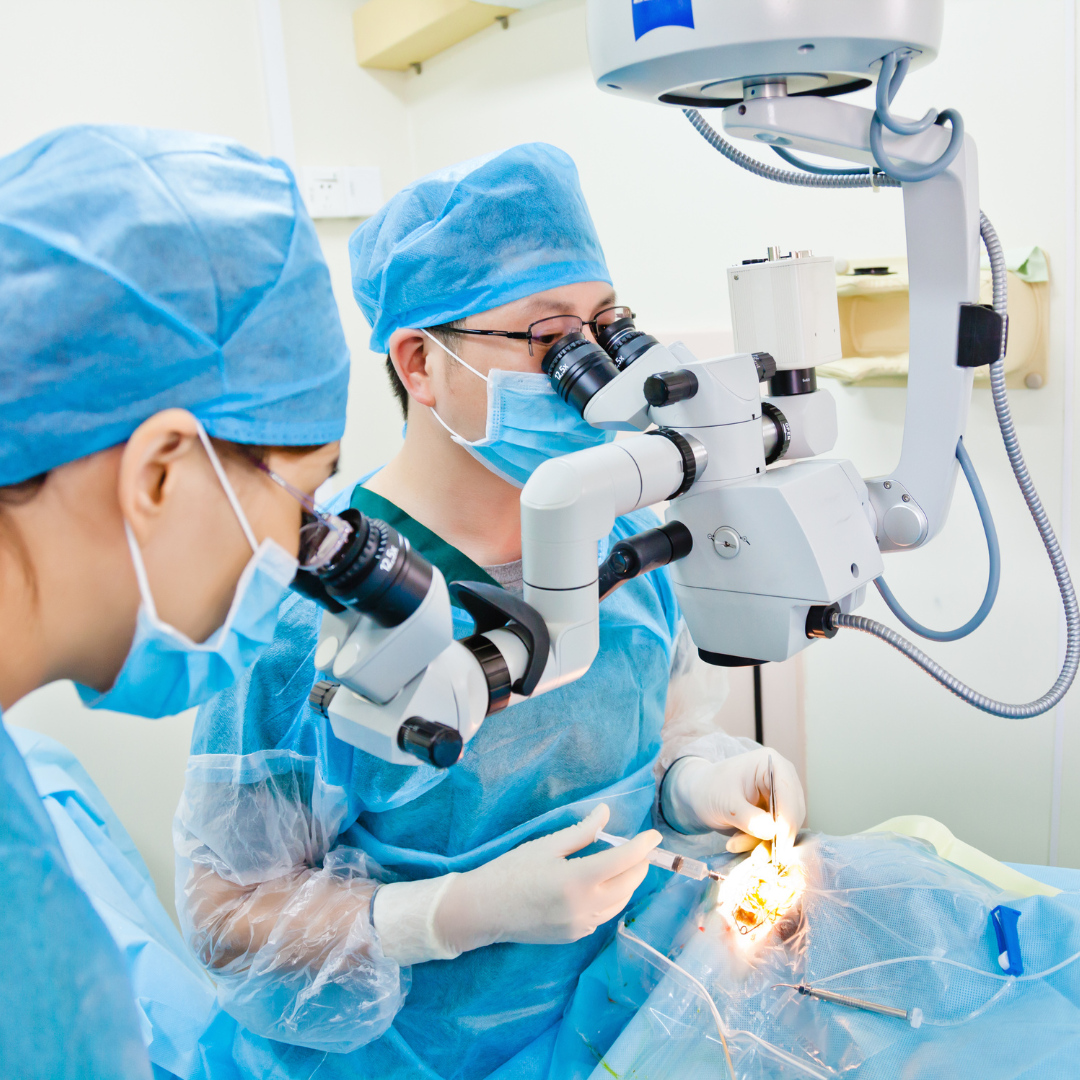
Kidney Transplantation: A Lifesaving Procedure Explained
Kidney renal failure treatment isn’t an option for everyone but a kidney transplant is a groundbreaking solution for patients having kidney renal failure, and numerous life-saving benefits are very much possible through advanced kidney renal failure treatment. If you have kidney failure, a renal kidney transplant is often the best treatment, and you tend to fare best with this than on dialysis. In this overview, we look at essential aspects of kidney renal failure treatment, including the kidney transplant requirements for donor and kidney transplant success rate in India, the kidney transplant expenses in India, and common kidney ailment symptoms. In this guide, you will see how kidney transplantation can change a life.
Kidney Transplantation: An Essential Treatment Option for End Stage Kidney Disease
The operation of kidney transplantation is a very relevant invasive procedure when a normal kidney is transplanted to a patient with ESRD. The kidneys are vital organs that determine the filtration of waste products and additional fluids out of the blood; therefore, they play a decisive role in the case of their failure, since dangerous substances accumulate and can cause fatal consequences. Kidney renal failure requires a renal kidney transplant, particularly if the kidney function is reduced to between 10-15 percent of the normal rate. In such situations, there is no other available means as regards treatment except doing procedures like dialysis or carrying out a renal kidney transplant to keep a person alive. A patient who wants to learn about kidney renal failure treatment can make an informed decision only knowing about kidney transplant expenses in India, kidney transplant requirements for donor, and the overall kidney transplant success rate in India.
Why Kidney Transplantation is Essential for Kidney Renal Failure
Kidney transplantation is very important to patients with kidney renal failure which is common among patients with CKD. Common causes of CKD include
Diabetes: which damages the kidneys through high blood sugar levels
Hypertension: which continually presses the kidneys
PKD: this is a genetic disease that forms cysts, and causes renal failure
Glomerulonephritis: this causes inflammations to the kidney filtering units.
While patients with these complications have poor quality of life and shorter life spans, they have a new lease on life from a kidney transplant. It is crucial for people who are thinking about kidney renal failure treatment options to know the need for kidney transplant requirements for donor, the kidney transplant success rate in India, and kidney transplant expenses in India.
Types of Kidney Donors
Living Donors: Such people can be relatives, friends, or complete strangers, who are willing to give one of their kidneys. It is possible to survive with renal donation; as a result, living donor transplants offer faster scheduling, and sometimes, better outcomes.
Deceased Donors: The kidneys are sourced from deceased people but these people had agreed to donate their organs. These patients to be put on a waiting list for a compatible donor to be sourced.
The Renal Kidney Transplant Procedure
In the case of treatment of kidney renal failure, a renal kidney transplant is a lifesaving measure. This procedure, typically lasting 3-4 hours, involves several stages:
Pre-Transplant Evaluation: That is, both the recipient and the donor have to undergo through blood and imaging tests, as well as physical examinations to qualify for kidney transplant donations.
Surgical Procedure: The donor's kidney is positioned in the recipient’s abdomen and attached to his or her blood vessels and bladder; the recipient’s native kidneys are usually retained in the normal state unless there is a specific reason, such as complications, for their removal.
Post-Transplant Care: The recipient is observed in the hospital, following the surgery immunosuppressive drugs are administered to him or her to avoid rejection of the new kidney. They are tested for their blood to make sure that the kidney transplantation is healthy all the time.
Since the kidney transplant success rate in India is high and because the kidney transplant expenses in India are not very much, this renal kidney transplant is a ray of hope for all those who suffer from severe kidney ailment symptoms.
Kidney Transplant Success Rate in India
Kidney Transplant Success Rate in India is high, especially for living donor transplants. There is a 90 to 95 percent success rate for living donor transplants, and many of the kidneys live at least 15 to 20 years. Around 85-90% of kidneys function well after one year in deceased donor transplants, which can last 10-15 years with good care.
Renal Kidney Transplant – Better than Dialysis
While dialysis is a life-saving treatment, renal kidney transplant offers numerous advantages, such as:
Improved Quality of Life: Kidney transplant recipients are able to become more active and lead a normal life instead of having to spend, on average, about 10 hours each week in dialysis.
Better Life Expectancy: People who are kidney transplant patients usually live longer than those on dialysis.
Fewer Dietary Restrictions: Dialysis patients have more dietary restrictions than patients who have had a successful kidney transplant.
Kidney Transplant Care :After Transplant to Achieve Kidney Transplant Success
Post-operative care plays a major role in the success of a kidney transplant. This includes:
Immunosuppressive Medications: These keep the body from rejecting the new kidney.
Regular Check-ups: As it is, follow-up appointments is essential for us to monitor kidney function and generally good health.
Healthy Lifestyle: For long-term success, a balanced diet, regular exercise, and not smoking are all extremely important.
Conclusion
Kidney renal failure treatment is a life-saving procedure that provides hope for a better quality of life for people with Kidney Renal failure. The kidney transplant success rate in India is one of the best in the world, in a way encouraging patients from around the world to consider the treatment. If you choose the right hospital and have a proper match for donor, patients can expect to have a more healthy, fulfilling life after transplant surgery.


